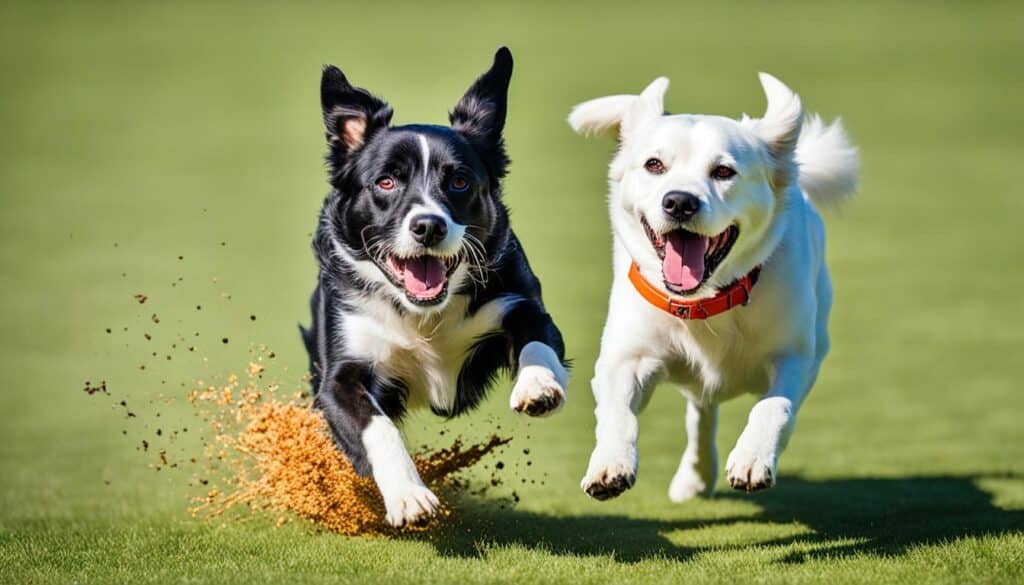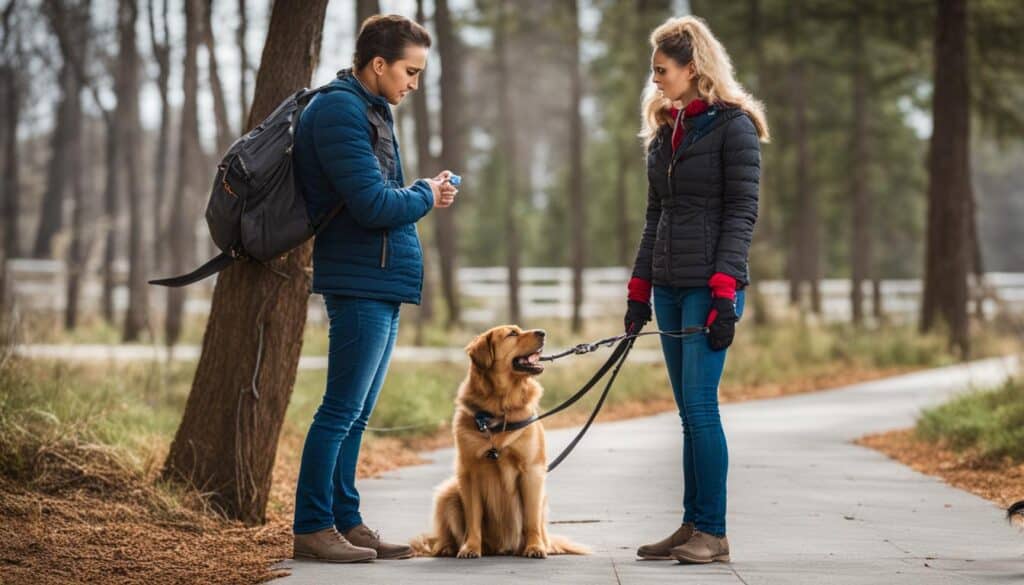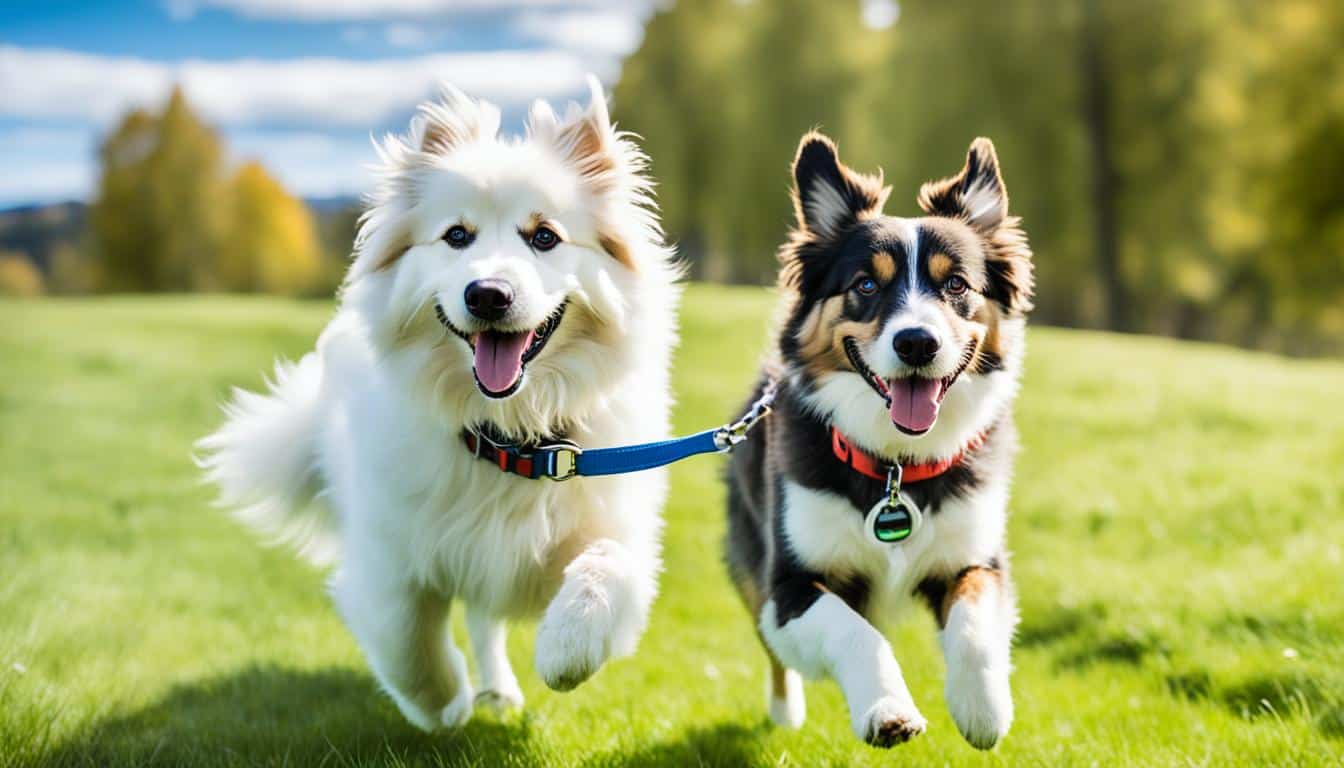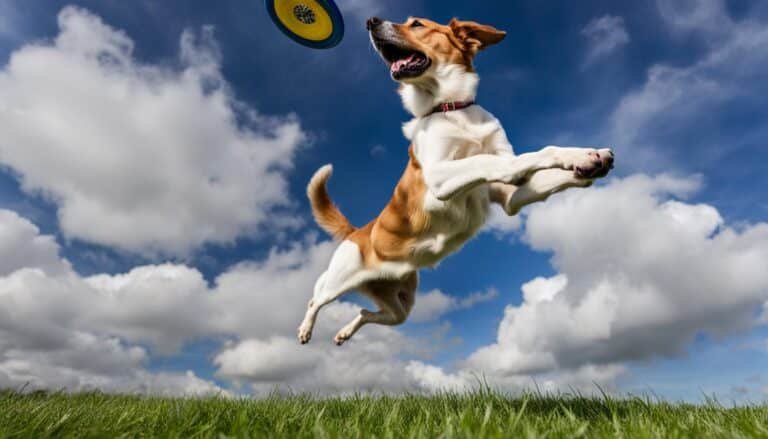How to Train Your Dog to Come When Called
Imagine this: you’re enjoying a peaceful afternoon at the park with your beloved dog. They’re running and playing, enjoying their newfound freedom off the leash. Suddenly, a squirrel darts across the path, catching your dog’s attention. They chase after it, completely ignoring your calls to come back.
Does this scenario sound familiar? Many dog owners can relate to the frustration of their furry friend not responding to the command to come when called. Teaching your dog to come on command, also known as recall training, is an essential skill that every dog should learn.
Dogs are naturally curious and easily distracted by their surroundings. It’s in their nature to follow their instincts and explore the world around them. However, as responsible pet owners, it’s our responsibility to ensure their safety and build a reliable recall.
Having a reliable recall means that your dog will enthusiastically respond to your command to come, no matter the distraction or situation. Whether you’re at the park, hiking in the woods, or in an emergency, you need to have the peace of mind that your furry friend will come back to you when called.
In this article, we will explore the importance of a reliable recall and provide you with step-by-step guidance on how to train your dog to come when called. We’ll also share fun recall games to make the training process enjoyable for both you and your dog. So, let’s get started on this journey to better communication and a stronger bond with your furry companion!
The Importance of Reliable Recall
A reliable recall is crucial for ensuring the safety and freedom of your furry companion. It allows you to confidently let your dog off-leash in unfenced areas and provides a valuable command in emergency situations. Training your dog to come when called, even in distracting environments, is a skill that requires patience, consistency, and positive reinforcement.
When it comes to recall training for dogs, implementing the right techniques can make a significant difference. One of the key aspects of successful recall training is making it a fun and rewarding experience for your dog. By associating your presence with positive outcomes, you can motivate your dog to respond eagerly when called.
Making training a game
To effectively train your dog to come when called, you need to make being near you the most rewarding and enjoyable experience. Use high-value treats, toys, or praise as rewards during training sessions. These incentives create a positive association with the recall command and reinforce your dog’s desire to come to you.
Consistency is key to successful recall training. Practice in different environments, gradually increasing the level of distractions. Start in a low-distraction area, such as your home, and gradually move to more challenging environments like the park or a busy street. With time, your dog will learn to listen and respond to your recall command regardless of the surroundings.
To make the training process more engaging, incorporate recall games into your sessions. “Catch Me” is a playful game where you turn and run a few steps, encouraging your dog to chase after you. “Find Me” is another fun game where you call your dog from another room or hiding spot, encouraging them to seek you out. These games reinforce recall skills while keeping the training experience enjoyable for both you and your dog.
Remember, building a reliable recall takes time and patience. Celebrate your dog’s successes and avoid punishment or negative reinforcement. By creating a positive and rewarding recall experience, you’ll strengthen the bond between you and your furry friend while ensuring their safety.
Steps for Training Recall
Training your dog to come when called is an important skill that can ensure their safety and your peace of mind. Follow these steps to effectively train your dog to respond to the recall command:
- Start in a low-distraction environment: Begin recall training in a quiet room or enclosed space inside your home. This setting allows your dog to focus without the distraction of other people, animals, or noises.
- Use a motivating reward: Select a high-value treat or a favorite toy that your dog finds irresistible. This will serve as a powerful incentive for them to come to you when called.
- Call your dog in an enthusiastic tone: As your dog’s name, “Fido!” and use a cheerful tone when giving the recall command. This will pique their interest and make them eager to come to you.
- Reward and praise: When your dog comes to you after hearing the recall command, immediately reward them with the treat or engage in play with the toy they find motivating. Give verbal praise and affection to reinforce their positive behavior.
- Gradually increase distance and distractions: Once your dog consistently responds to the recall command in a controlled environment, slowly start practicing in areas with more distractions and at longer distances. This helps them generalize the command and respond reliably in different situations.
- Stay positive and patient: Always use positive reinforcement and avoid punishment during recall training. Keep training sessions short and fun, keeping your dog engaged and motivated to learn.
By following these steps and maintaining consistency in your training efforts, you can successfully teach your dog to come when called. Remember, training takes time and practice, so be patient and celebrate every small success along the way.
Fun Recall Games
Incorporating fun games into recall training can make the learning process more enjoyable for both you and your dog. Not only do these games reinforce recall skills, but they also provide mental stimulation and strengthen the bond between you and your furry friend. Here are some exciting recall games to try:
- Catch Me: Start by grabbing your dog’s attention with their favorite toy or treat. Then, turn and run a few steps in the opposite direction. Encourage your dog to chase after you by using an enthusiastic and inviting tone. When your dog catches up, reward them with praise and a treat.
- Find Me: Choose a designated hiding spot in another room. Call your dog’s name and use the recall command like “come” or “here.” As your dog searches for you, make sure to offer encouragement and excitement. When they find you, reward their successful recall with plenty of praise and a treat.
- Hot Potato: This game involves multiple people calling your dog between them. Start by having one person call your dog while the others wait nearby. When your dog reaches the first person, they call the dog’s name and encourage them to go to the next person. Repeat this process a few times, increasing the distance between the callers. Ensure that each person rewards your dog with treats and praise for coming when called.
Remember, the key to successful recall training is to make it enjoyable for your dog. Use games, rewards, and positive reinforcement to create a positive association with coming when called. Regular practice and consistency will help strengthen your dog’s recall skills, ensuring their safety and your peace of mind.

Avoiding Common Training Mistakes
When it comes to training your dog to come when called, it’s important to be aware of common training mistakes that can hinder your progress. By avoiding these mistakes, you can ensure a smooth and successful recall training process.
- Don’t associate recall training with negative experiences: One common mistake is linking the recall command with negative actions, such as putting the leash back on or ending playtime. This can create negative associations and make your dog less eager to come when called. Instead, make sure to always praise and reward your dog when they respond to your recall command.
- Allow resumption of previous activities: After a successful recall, it’s essential to let your dog resume their previous activities. This helps reinforce the idea that coming to you is a positive experience and doesn’t mean the end of something fun. Remember to reward them for coming and then let them continue their playtime or exploration.
- Avoid overusing the recall cue: Using the recall command excessively can lead to your dog ignoring it. It’s important to use the recall cue only when necessary and in a consistent manner. Overusing it in everyday situations can cause your dog to become desensitized to the command. Reserve the recall cue for important moments and emergencies.
To optimize your recall training, keep these tips in mind, and you’ll be on your way to having a dog who reliably comes when called.

Tips for Successful Recall Training
Training your dog to come when called is an important skill to ensure their safety and obedience. Here are some essential tips to make your recall training sessions successful:
- Avoid repeating the recall cue multiple times as it can diminish its effectiveness. Say the command once and wait for your dog to respond.
- Reward your dog for making eye contact with you and for staying near you during training sessions. This reinforces the behavior of coming when called.
- Never punish your dog for coming when called. Punishment can create fear and anxiety, making your dog reluctant to respond to your command.
- Use high-value treats and rewards that your dog finds particularly enticing. This will motivate them to come to you eagerly when called.
- Gradually increase the difficulty of recall training by adding distractions in the environment. Start training in a quiet place and gradually introduce distractions such as toys or other dogs.
- In emergency situations, try running away from your dog to encourage them to chase after you. This can help reinforce the importance of coming when called, especially when safety is at stake.
Follow these tips consistently and patiently, and you will see progress in your dog’s recall skills over time. Remember, positive reinforcement and a fun training approach are key to success!
Building a Strong Recall Cue
When training your dog to come when called, it’s crucial to establish a strong recall cue. This cue will serve as a signal for your dog to return to you promptly. However, it’s essential to avoid overusing the recall cue, as it can become less effective over time. If your dog starts to ignore the cue, it may be necessary to change the verbal command to a different word.
Start by using a clear and consistent verbal cue, such as “come,” accompanied by a hand gesture or whistle if desired. Use this cue consistently during recall training sessions. Practice these sessions daily, starting in a low-distraction environment, then gradually increasing the complexity by introducing more distractions and distance.
During the training process, always reinforce your dog’s response to the recall cue. Reward and praise your dog enthusiastically when they come to you successfully. Positive reinforcement will create a positive association and motivate your dog to come when called. Remember to be patient and consistent throughout the training process. With time and practice, your dog will learn to associate the recall cue with a rewarding experience and will reliably come when called.






